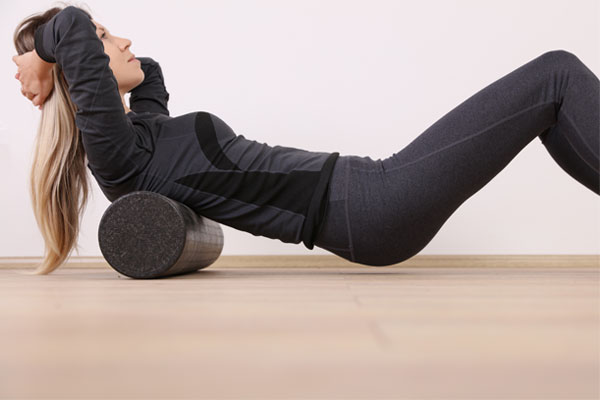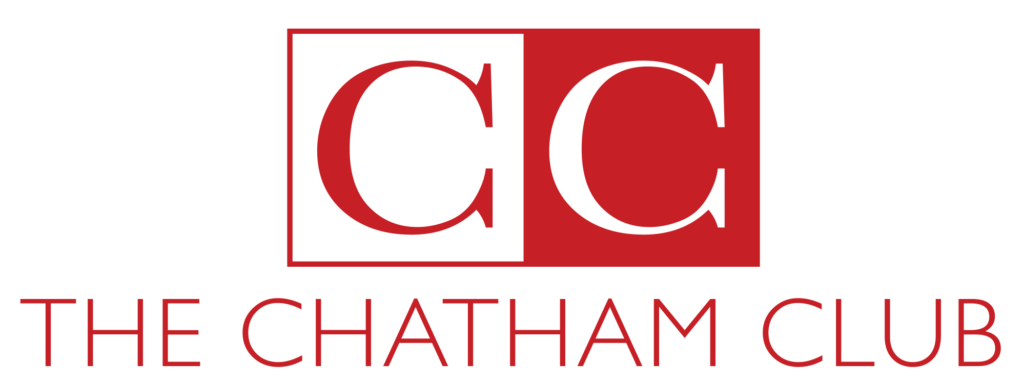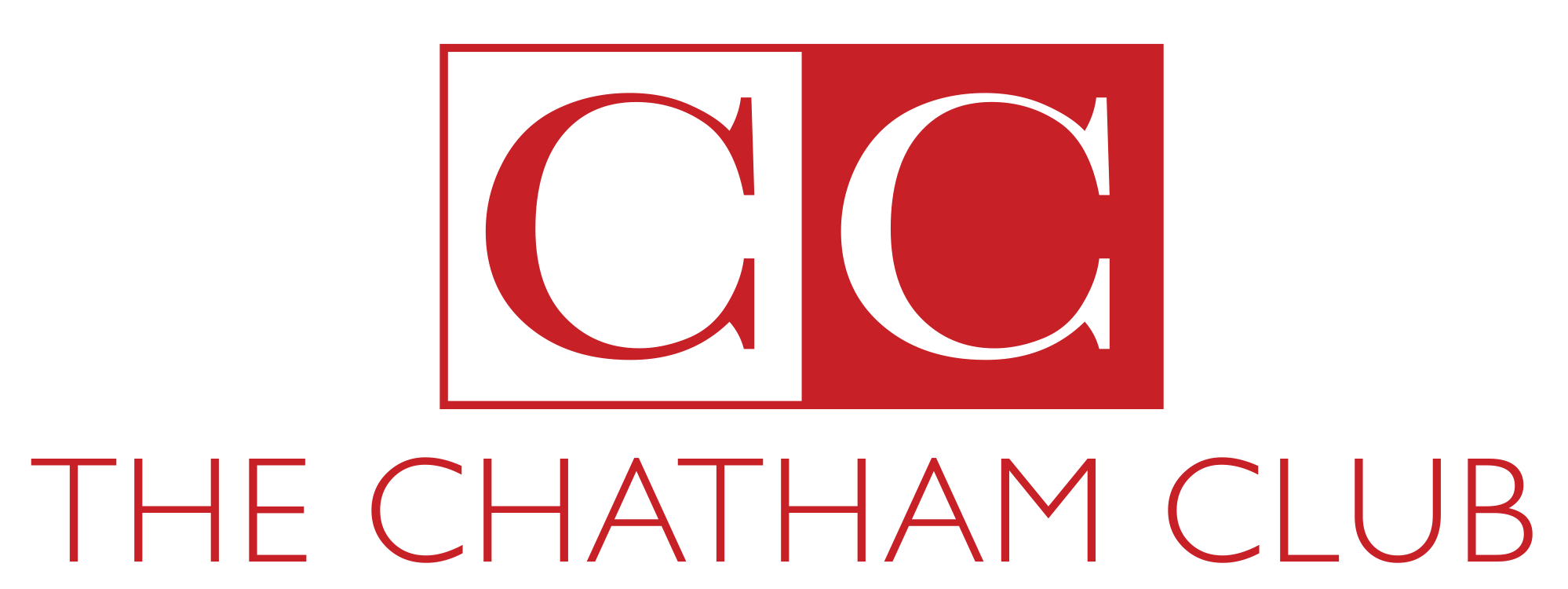How To Deal With Muscle Soreness

A common side effect of exercise is muscle soreness. This muscle soreness usually occurs 12 to 24 hours after exercising and can last up to 72 hours. This delayed soreness, known as DOMS (delayed onset of muscle soreness), is due to microscopic damage to muscle fibers and surrounding tissues.
Muscle damage occurs when you engage in physical activity that your muscles are not used to or when you increase the intensity or volume of your workout. The soreness is the body’s response to the damage as the body works to repair and rebuild the damaged muscle tissue.
Muscle soreness is a normal muscle-building process. As you continue to exercise and build muscle, your body will adapt, and the soreness will decrease.
To help alleviate muscle soreness, you can try the following:
- Apply heat or cold therapy to the sore area. Heat therapy, such as a warm bath or heating pad, can help to relax the muscle and increase blood flow, while cold therapy, such as an ice pack or cold compress, can help to reduce inflammation.
- Engage in light stretching to help increase blood flow to the sore muscles. Gentle stretching can also help loosen any muscle knots or tension.
- Massage the sore area to help break up any knots or tension in the muscle. A foam roller or a massage ball can be used to target specific areas.
- Take an active recovery session, such as a low-impact exercise like cycling, which helps to increase blood flow and speed up the recovery process.
- Get plenty of rest and allow your body time to recover.
- Hydrate well and eat a balanced diet with enough protein to help repair damaged muscle tissue.
Additionally, muscle soreness is also linked to inflammation which is the body’s response to muscle damage. Inflammation causes the blood vessels to dilate and increase blood flow to the area, which can cause the muscle to feel sore.
It’s important to note that muscle soreness is a normal muscle-building process. As you continue to exercise and build muscle, your body will adapt, and the soreness will decrease.

